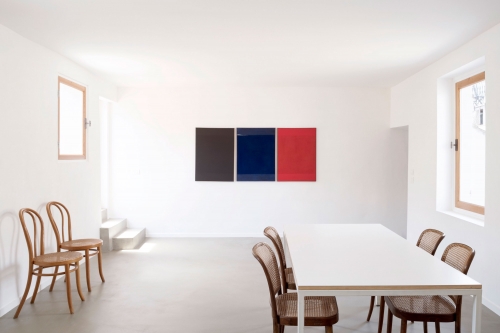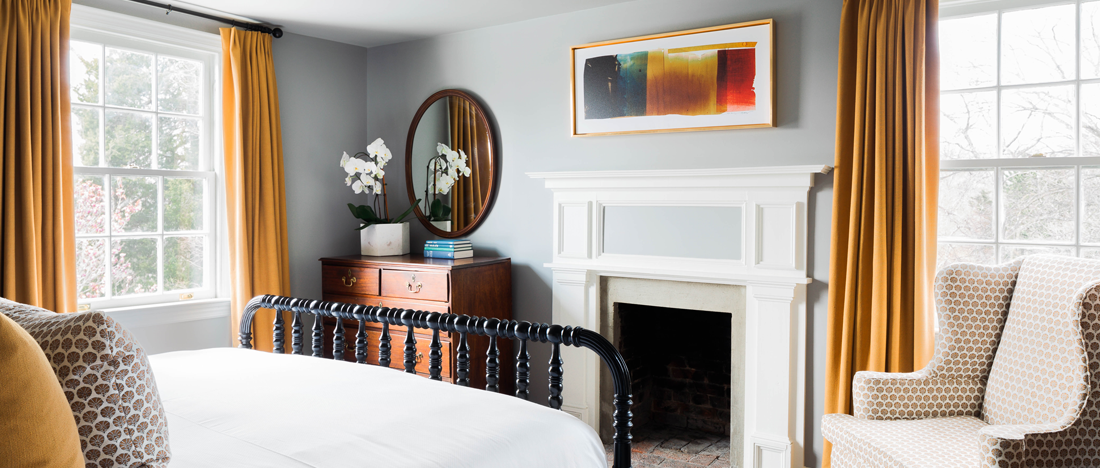journal
11 / 09 / 2016
There’s not much time to go before the car clock displays 8 p.m. and yet the heat still makes itself felt in the sunny Alentejo countryside, covered in an intense gold, sprinkled with the faded green of olive trees and holm oak that extend endlessly into the distance. As we move over the restored paving around the farmhouse, framed by the white of the buildings over which the vast and pristine sky expands, the constant chirping of the swallows accompanies us to the door of our room. Ahead of us, we can see the village of Monsaraz, nestling high up inside its walls.
We are in São Lourenço do Barrocal, an idyllic rural retreat covering 780 hectares. With this former farming estate having belonged to his family for over 200 years, José António Uva decided to restore it after having seen it fall into a state of disrepair, making it once again flourish as a space dedicated to hospitality, recovering its farming vocation and the concept of community that once existed there. The architect he entrusted the restoration project to was Eduardo Souto de Moura and, from the start, the decision was made not to add any more buildings. And that was the greatest challenge: “To look at the old structures – the olive press, the cow and sheep sheds, the workshops, the bullring, the workers cottages, among others – and to give them a new life, understanding what spaces would accommodate the restaurant, the spa, the shop, the bedrooms and the homes. “ José António also mentioned the need to “allocate the right resources in order to enhance the feeling of belonging between materials and their place”, offering as an example, the terracotta tiles used on the floor that were handmade in São Pedro do Corval, the restoration of the original tiles “which are no longer made” he adds, and the whitewashed walls over the sand plastering as dictated by the traditional method.
From the architectural language to the interiors – carried out by Ana Anahory and Felipa Almeida (who we interview further on in this article) we note a discerning concern for the most intimate of details. Materials and furniture evoke the culture and identity of a region and each object seems to contain a curious story to tell us, reviving memories of a family which we constantly enjoy discovering. The interiors offer a comfort that is modern and unpretentious, appropriately reflecting the authentic character of the place and its natural setting. The genuine and welcoming atmosphere is combined with the pleasantness of the dedicated team and it strikes us how easy it is to feel at home in São Lourenço do Barrocal.
We are in the old orchard, we can hear the whinnying of horses that wander freely over the estate. A fluttering profusion of butterflies gathers on the lawn, which is then filled by leaping white dots. Further away, watchful eagles fly over the vast plains that still preserve archaeological traces of pre-historical settlements that once inhabited this area. Standing out in the landscape are a variety of rock outcrops (the so-called ‘barrocais’ which give the name to this place), a menhir, various dolmens, the town and the Roman dams. Sitting on the large loungers, we appreciate this rural serenity that invites us to relax and get closer to Nature. We could spend hours here observing it, appreciating the small gestures of this simple beauty that delights our senses. All around us silence and tranquillity reigns, and we fully apprehend the complete sensation of retreat that this place awakens in us. Here the rhythm of life slows down, measured by the hours that almost seem to become days, and days that seem
to become weeks.
__
We had a conversation with Ana Anahory and Felipa Almeida, who are responsible for the decoration project at São Lourenço do Barrocal.
What was your starting point?
We began with the past of this monte (farm estate) and the family history of José António Uva. We started by establishing an inventory of all the furniture inherited by the family over the years and which could be incorporated into the project. We made the most of all the old wood in the doors and shutters of the farm and we reused them to make side tables. Luckily the family had kept many objects, documents, photographs, letters and ornaments which proved to be precious for this decoration project. We challenged the artist Henriette Arcelin to do some illustrations inspired by the fauna and flora of the Alentejo province on old 19th Century and 20th Century manuscripts that belonged to São Lourenço do Barrocal. We also invited the artist Joana Astolfi who produced a “cabinet de curiosités” for an installation in the restaurant with objects and memories of the family.
Read the full story in the printed edition of Attitude #71 Art Report
We are in São Lourenço do Barrocal, an idyllic rural retreat covering 780 hectares. With this former farming estate having belonged to his family for over 200 years, José António Uva decided to restore it after having seen it fall into a state of disrepair, making it once again flourish as a space dedicated to hospitality, recovering its farming vocation and the concept of community that once existed there. The architect he entrusted the restoration project to was Eduardo Souto de Moura and, from the start, the decision was made not to add any more buildings. And that was the greatest challenge: “To look at the old structures – the olive press, the cow and sheep sheds, the workshops, the bullring, the workers cottages, among others – and to give them a new life, understanding what spaces would accommodate the restaurant, the spa, the shop, the bedrooms and the homes. “ José António also mentioned the need to “allocate the right resources in order to enhance the feeling of belonging between materials and their place”, offering as an example, the terracotta tiles used on the floor that were handmade in São Pedro do Corval, the restoration of the original tiles “which are no longer made” he adds, and the whitewashed walls over the sand plastering as dictated by the traditional method.
From the architectural language to the interiors – carried out by Ana Anahory and Felipa Almeida (who we interview further on in this article) we note a discerning concern for the most intimate of details. Materials and furniture evoke the culture and identity of a region and each object seems to contain a curious story to tell us, reviving memories of a family which we constantly enjoy discovering. The interiors offer a comfort that is modern and unpretentious, appropriately reflecting the authentic character of the place and its natural setting. The genuine and welcoming atmosphere is combined with the pleasantness of the dedicated team and it strikes us how easy it is to feel at home in São Lourenço do Barrocal.
We are in the old orchard, we can hear the whinnying of horses that wander freely over the estate. A fluttering profusion of butterflies gathers on the lawn, which is then filled by leaping white dots. Further away, watchful eagles fly over the vast plains that still preserve archaeological traces of pre-historical settlements that once inhabited this area. Standing out in the landscape are a variety of rock outcrops (the so-called ‘barrocais’ which give the name to this place), a menhir, various dolmens, the town and the Roman dams. Sitting on the large loungers, we appreciate this rural serenity that invites us to relax and get closer to Nature. We could spend hours here observing it, appreciating the small gestures of this simple beauty that delights our senses. All around us silence and tranquillity reigns, and we fully apprehend the complete sensation of retreat that this place awakens in us. Here the rhythm of life slows down, measured by the hours that almost seem to become days, and days that seem
to become weeks.
__
We had a conversation with Ana Anahory and Felipa Almeida, who are responsible for the decoration project at São Lourenço do Barrocal.
What was your starting point?
We began with the past of this monte (farm estate) and the family history of José António Uva. We started by establishing an inventory of all the furniture inherited by the family over the years and which could be incorporated into the project. We made the most of all the old wood in the doors and shutters of the farm and we reused them to make side tables. Luckily the family had kept many objects, documents, photographs, letters and ornaments which proved to be precious for this decoration project. We challenged the artist Henriette Arcelin to do some illustrations inspired by the fauna and flora of the Alentejo province on old 19th Century and 20th Century manuscripts that belonged to São Lourenço do Barrocal. We also invited the artist Joana Astolfi who produced a “cabinet de curiosités” for an installation in the restaurant with objects and memories of the family.
Read the full story in the printed edition of Attitude #71 Art Report

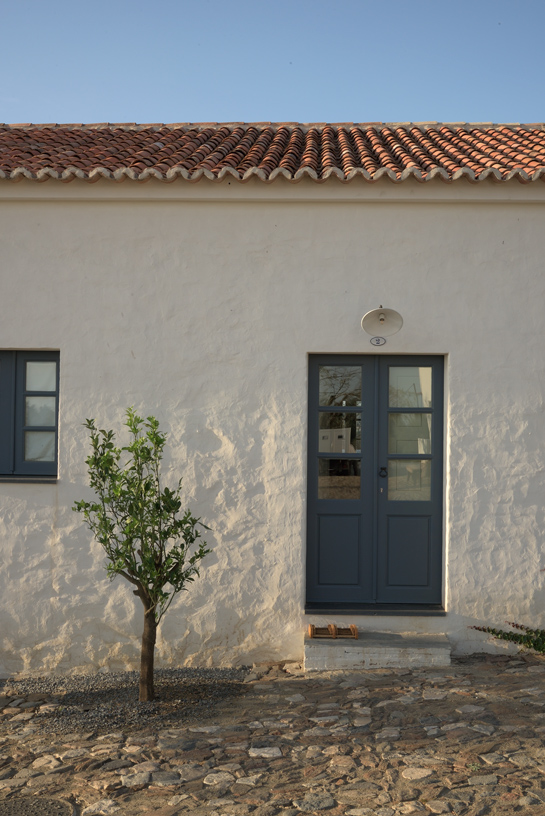
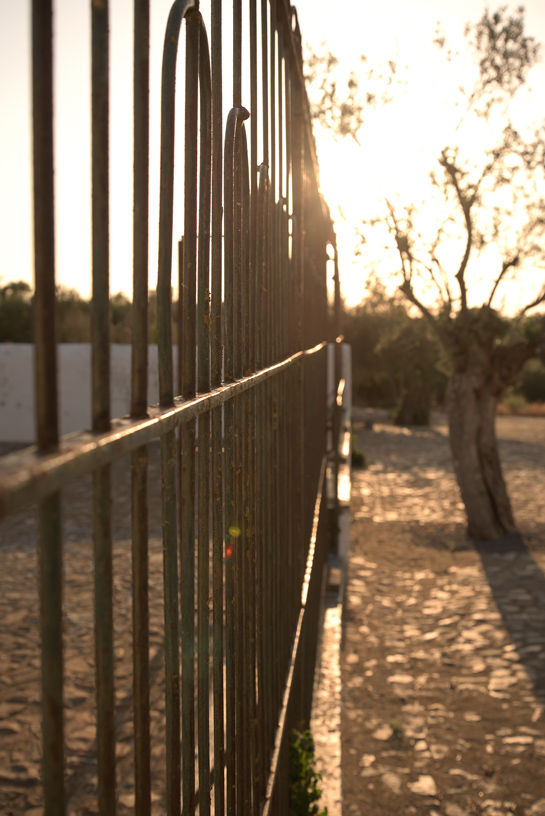

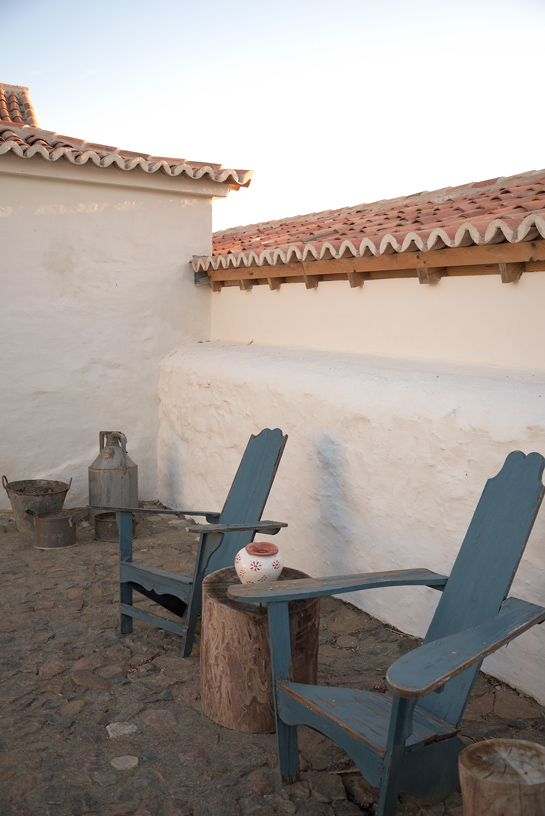
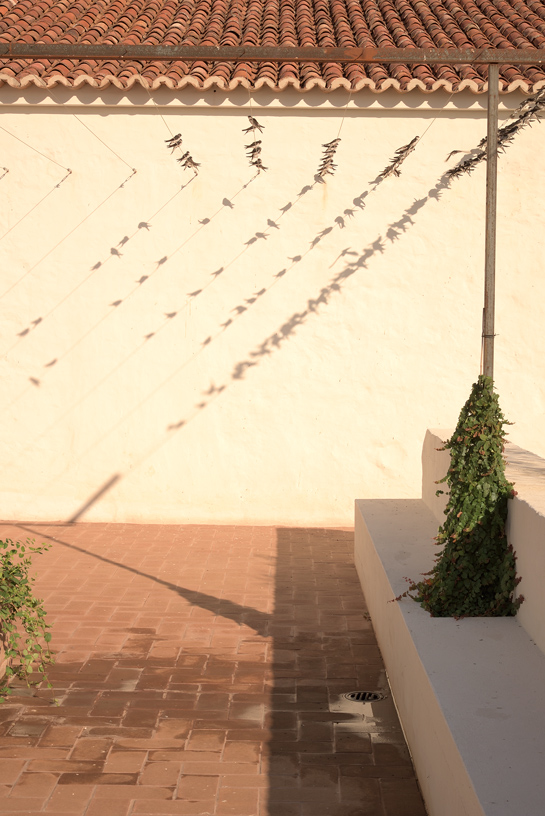
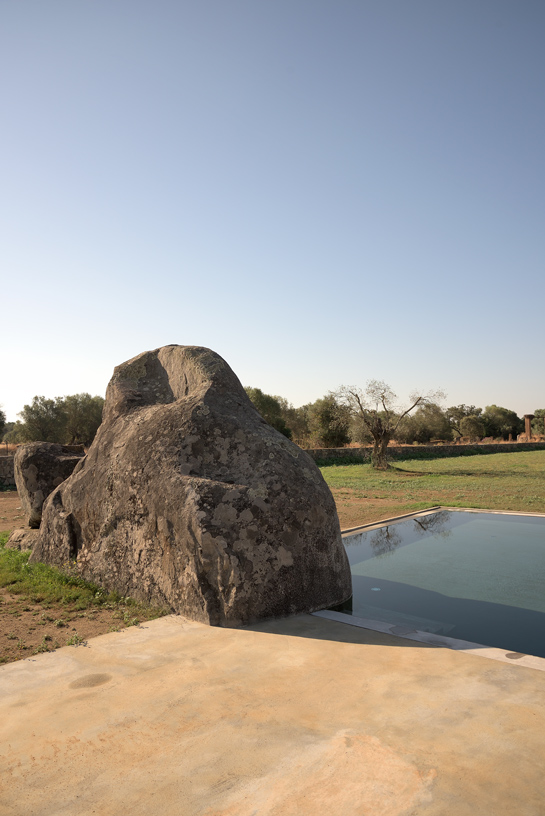





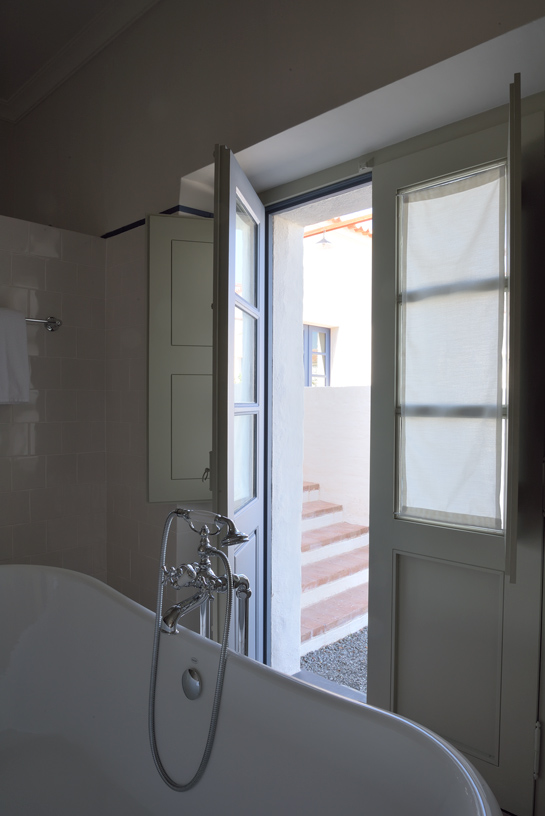

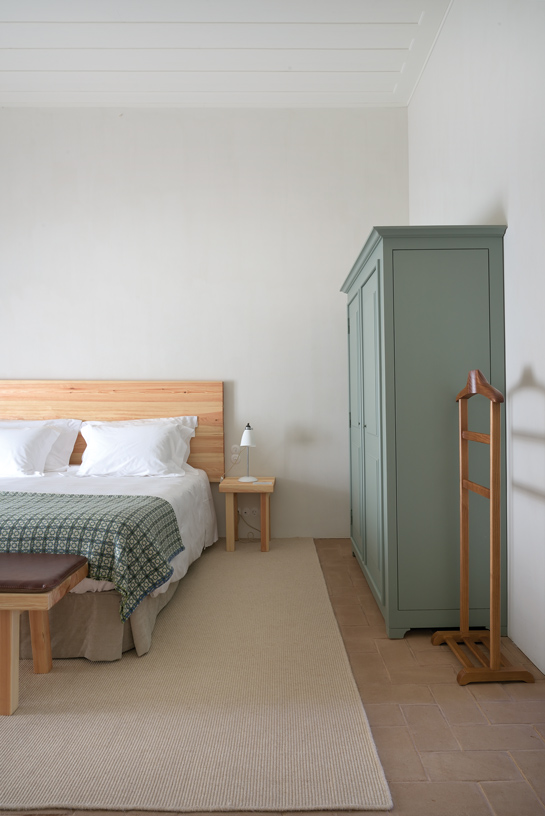

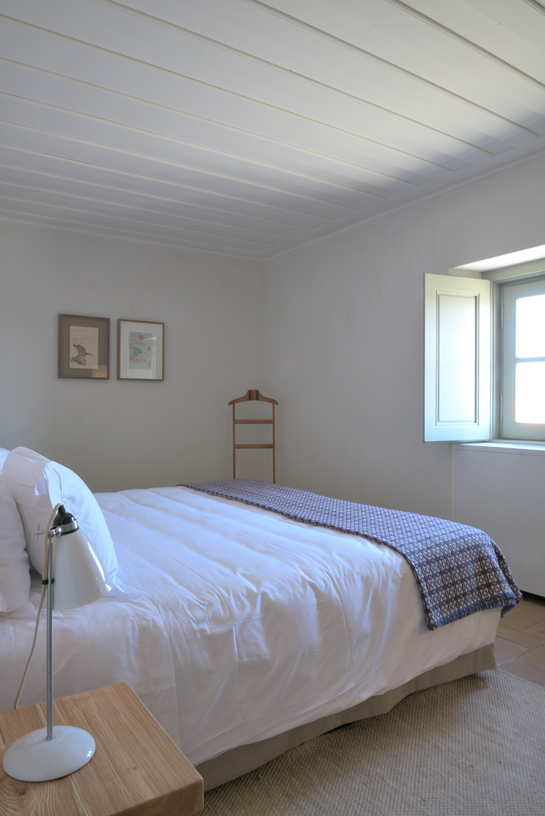
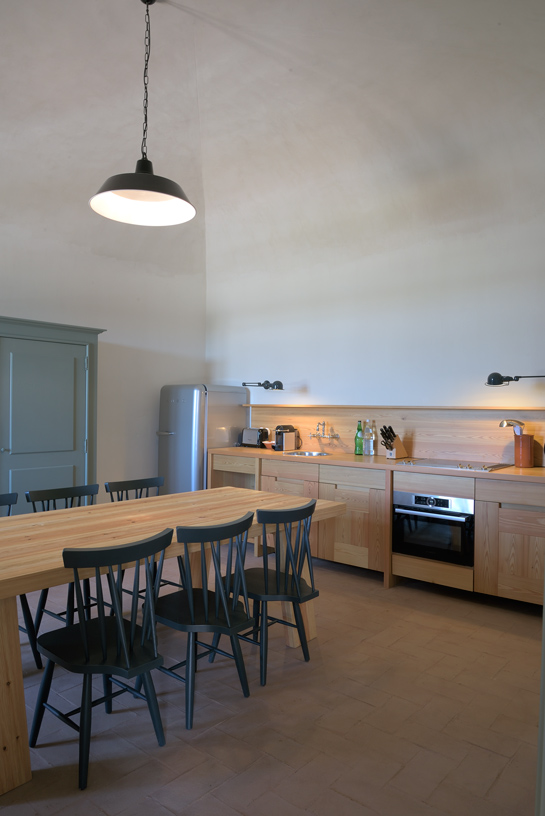


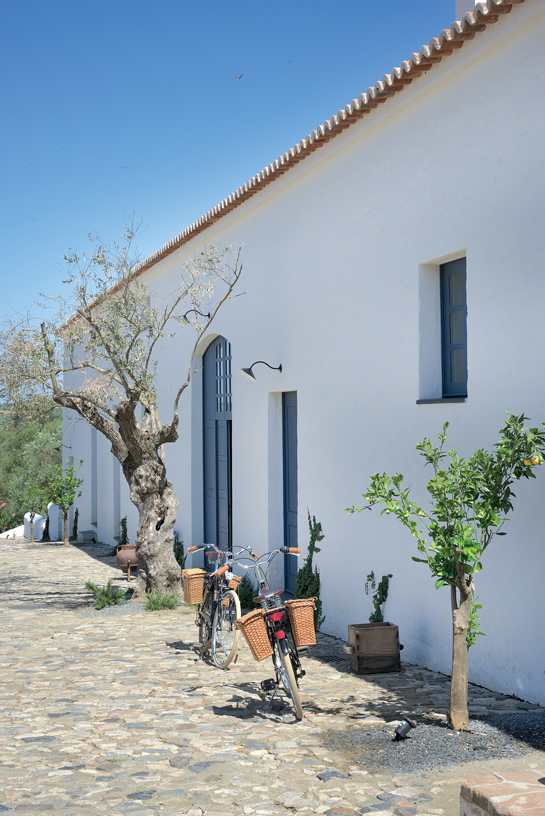
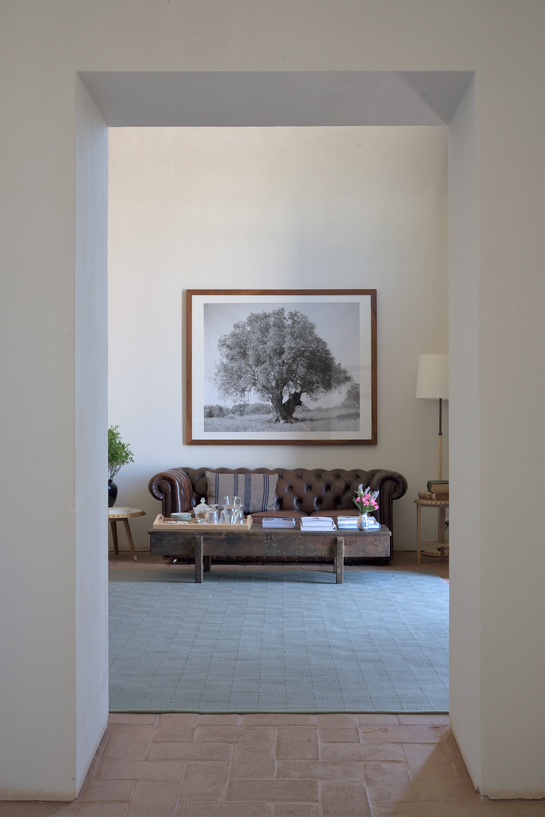
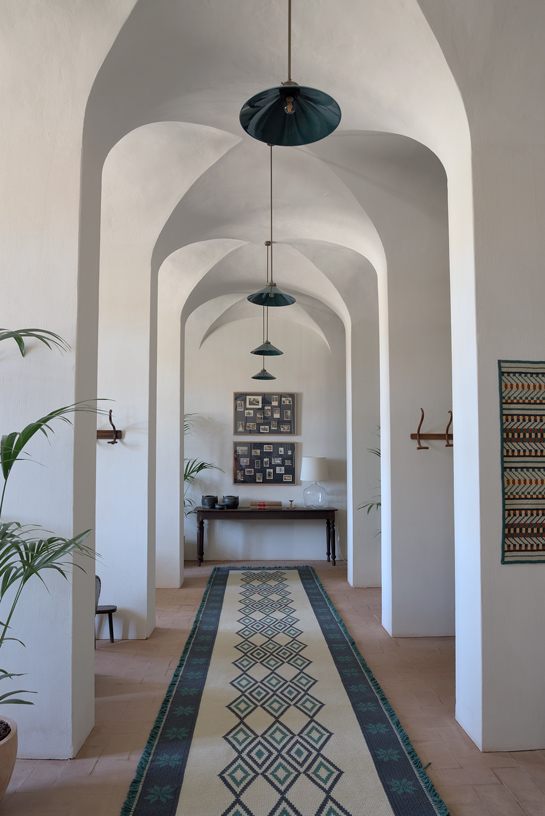
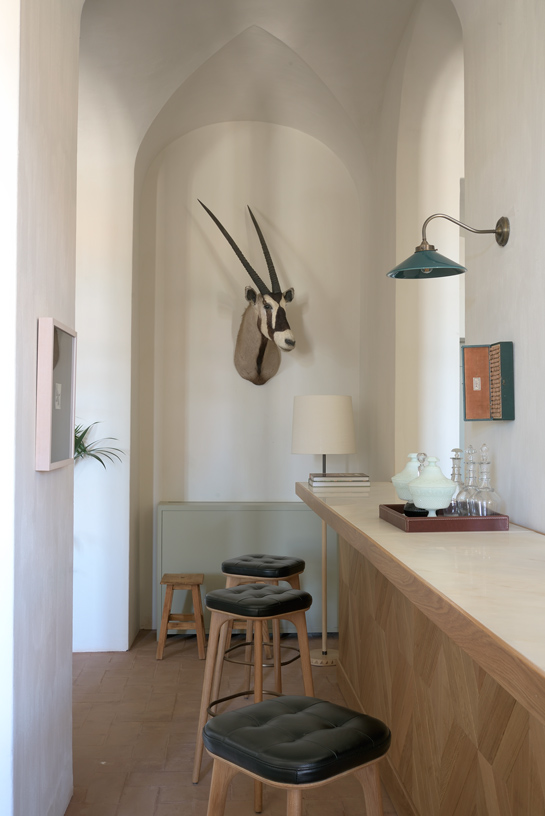


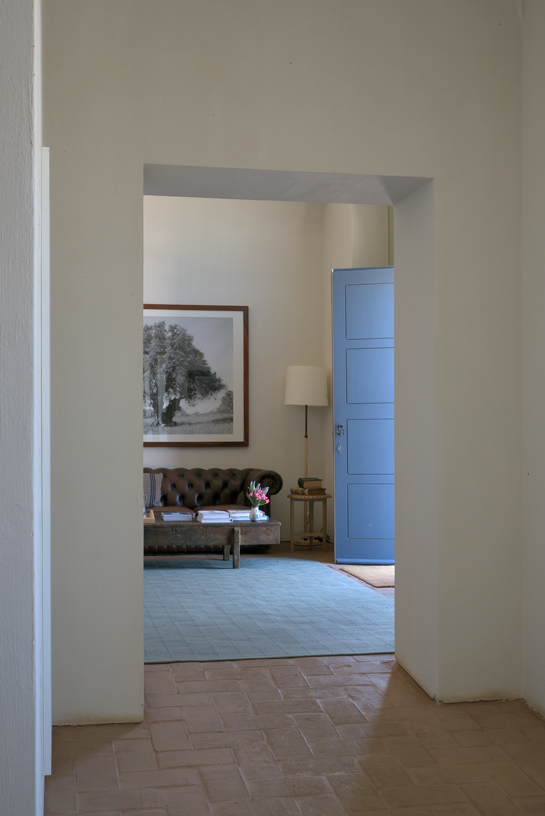




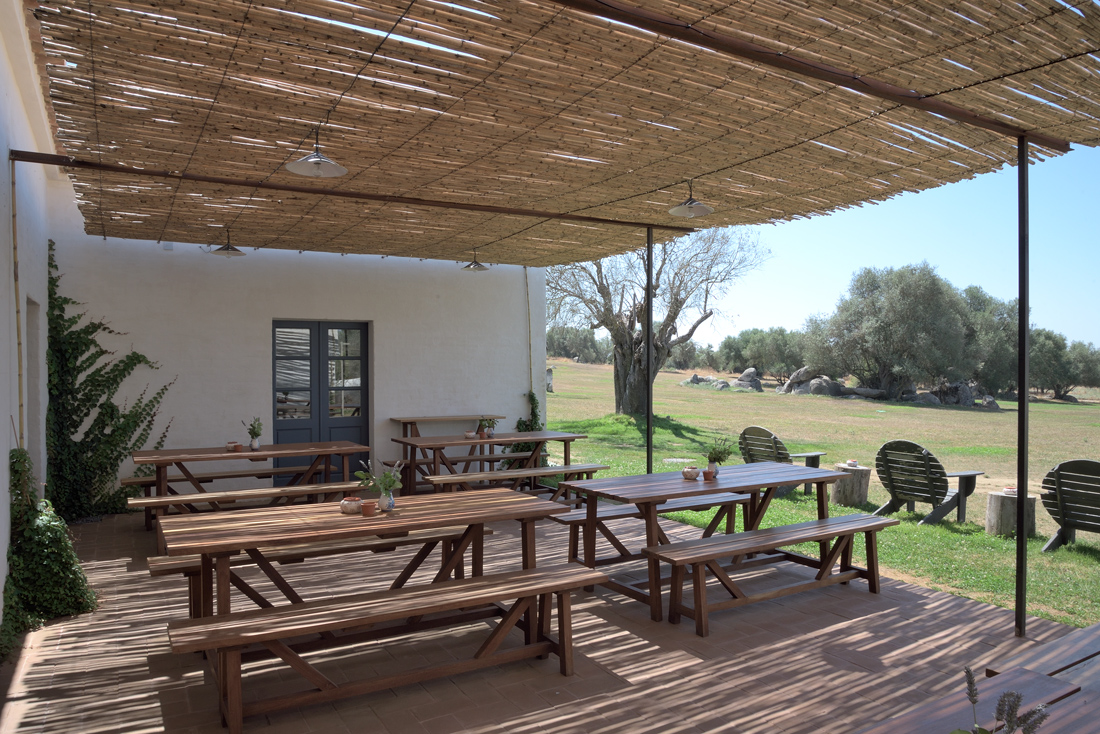

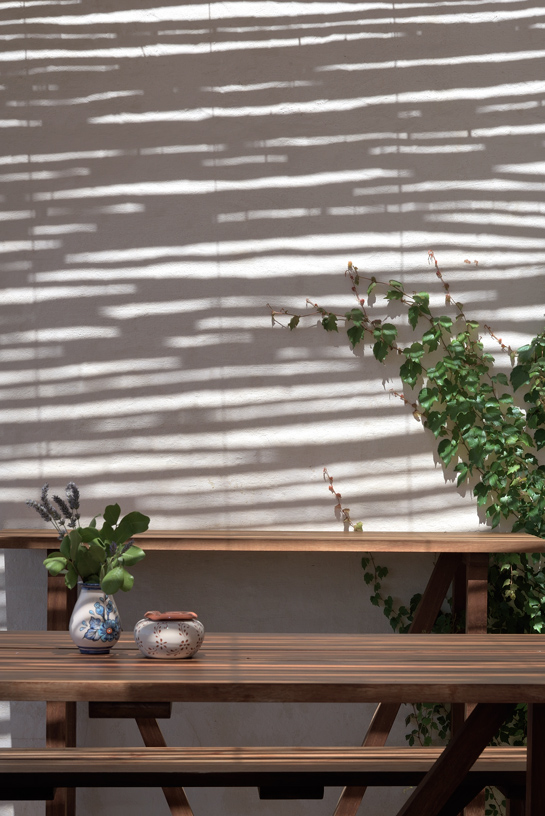


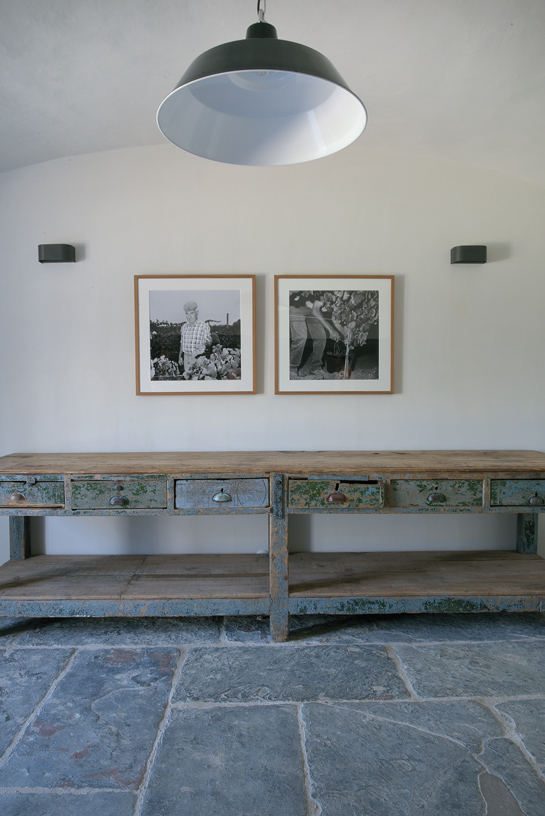







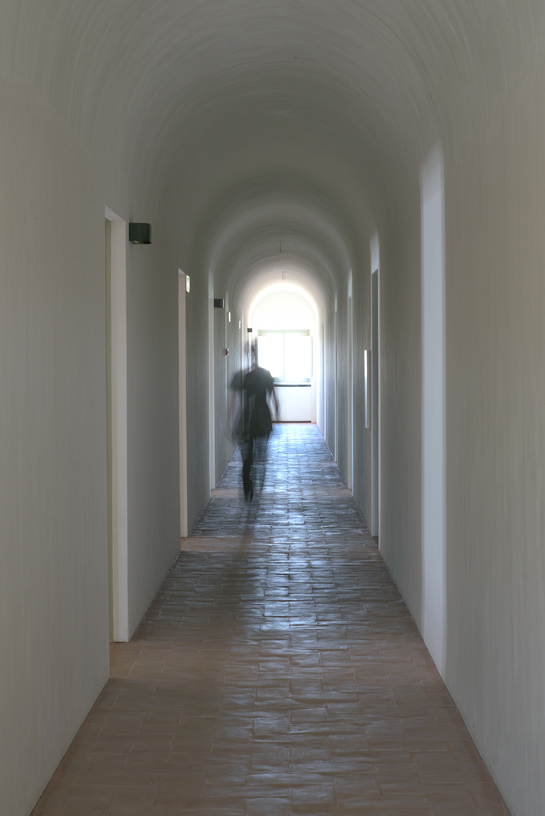



Photos: Carlos Cezanne
Text: Joana Jervell
Interview by Alda Galsterer e Verónica de Mello (REDE art agency)
barrocal.pt/pt/
Text: Joana Jervell
Interview by Alda Galsterer e Verónica de Mello (REDE art agency)
barrocal.pt/pt/







